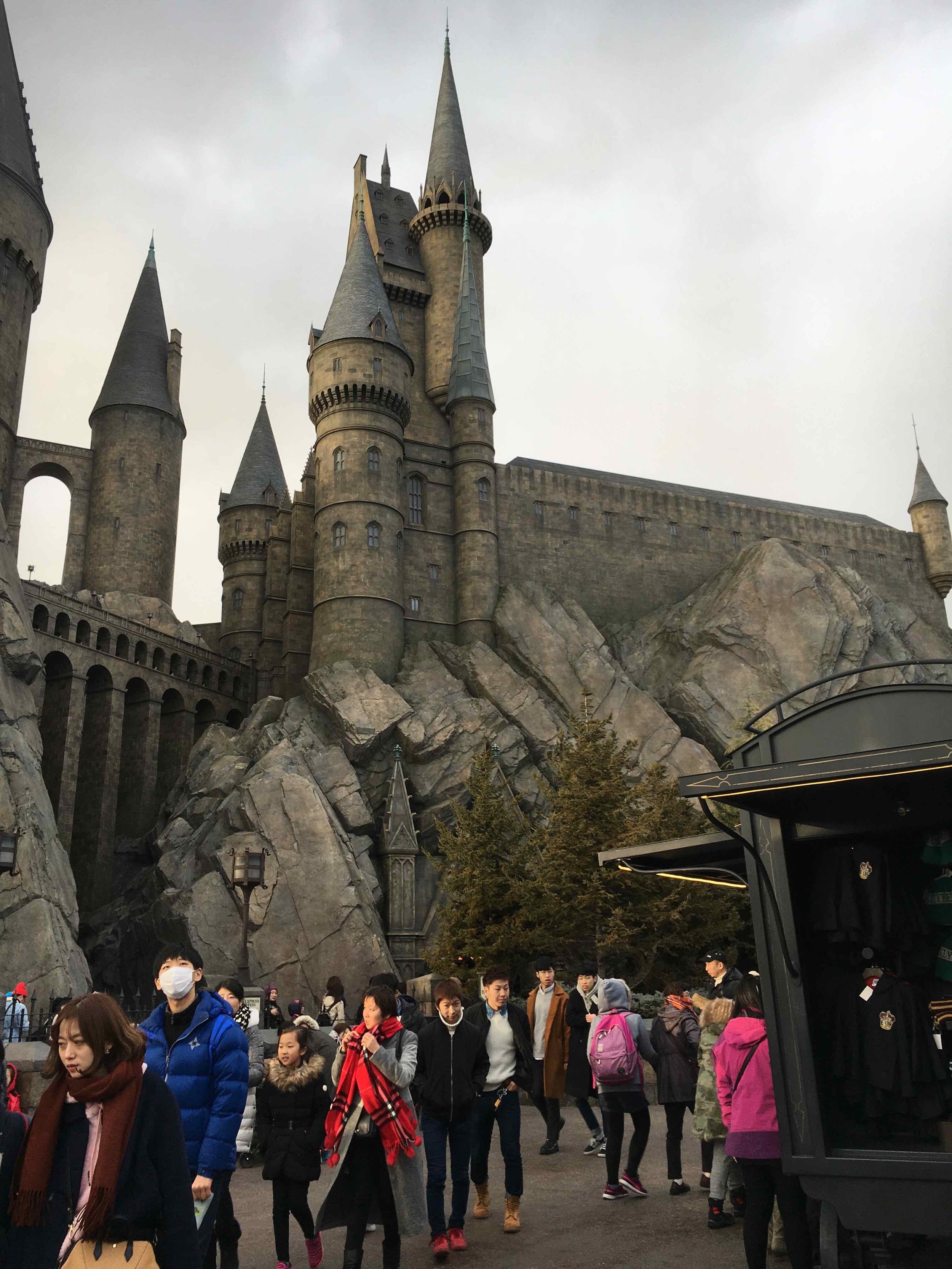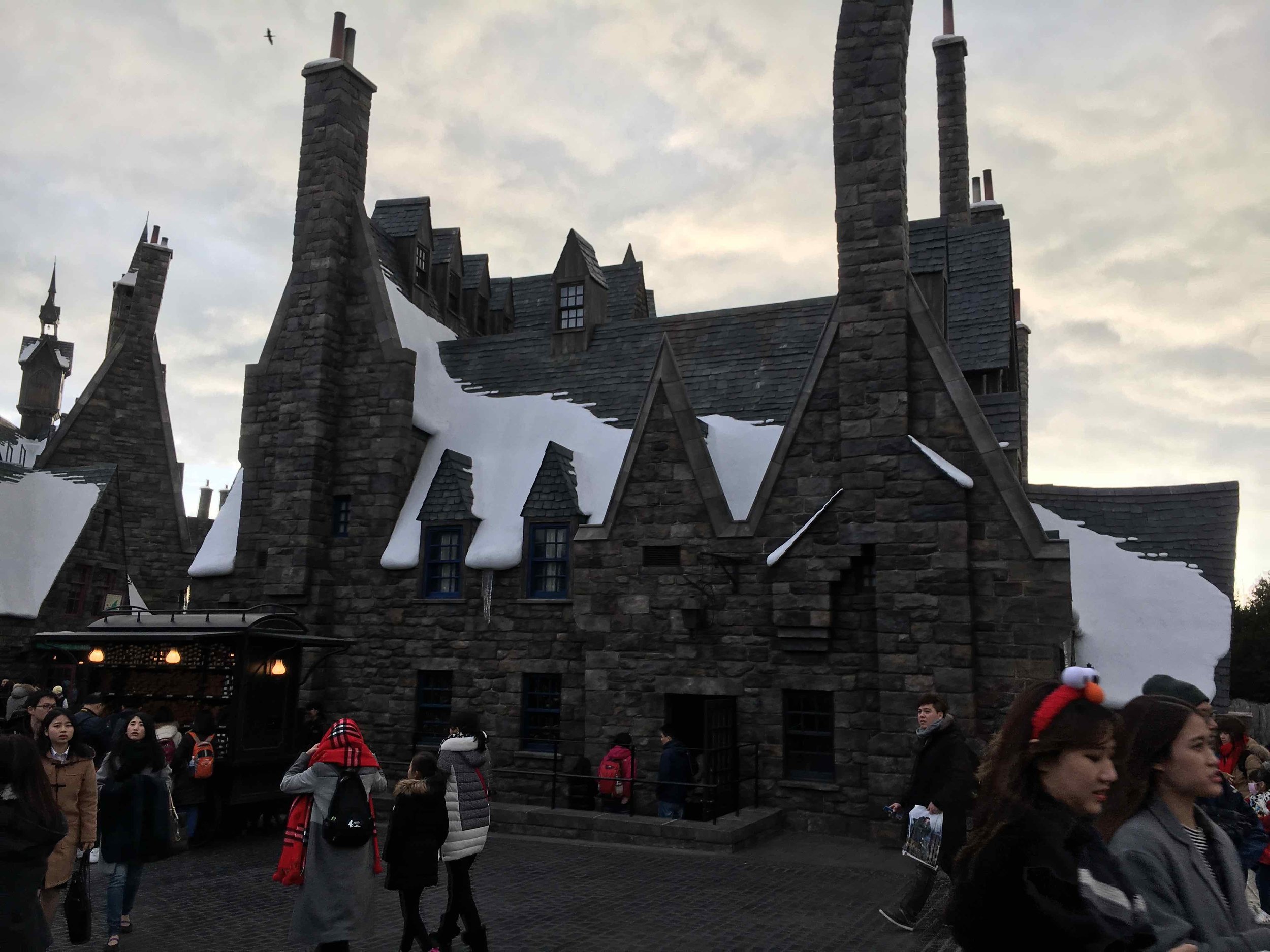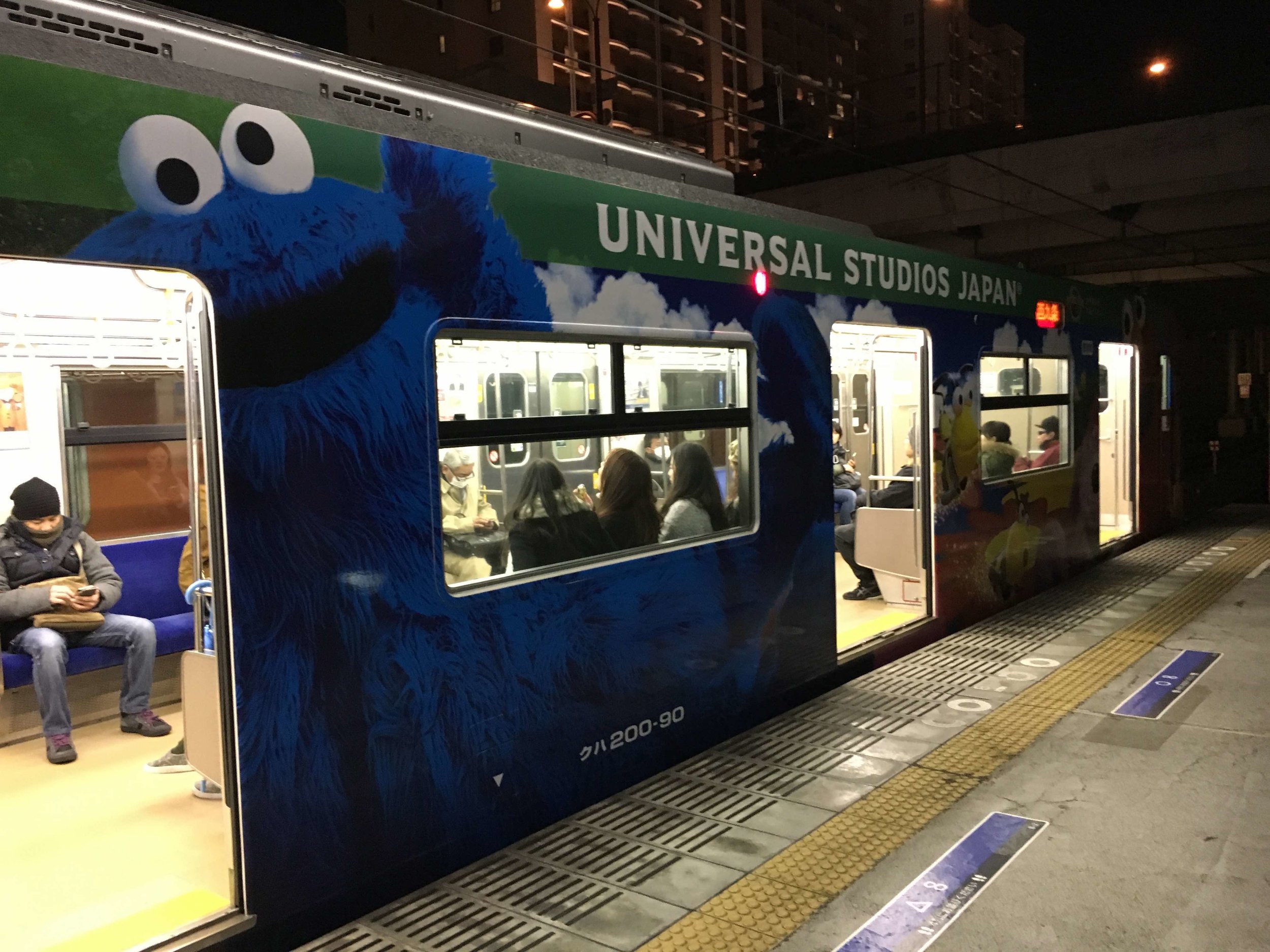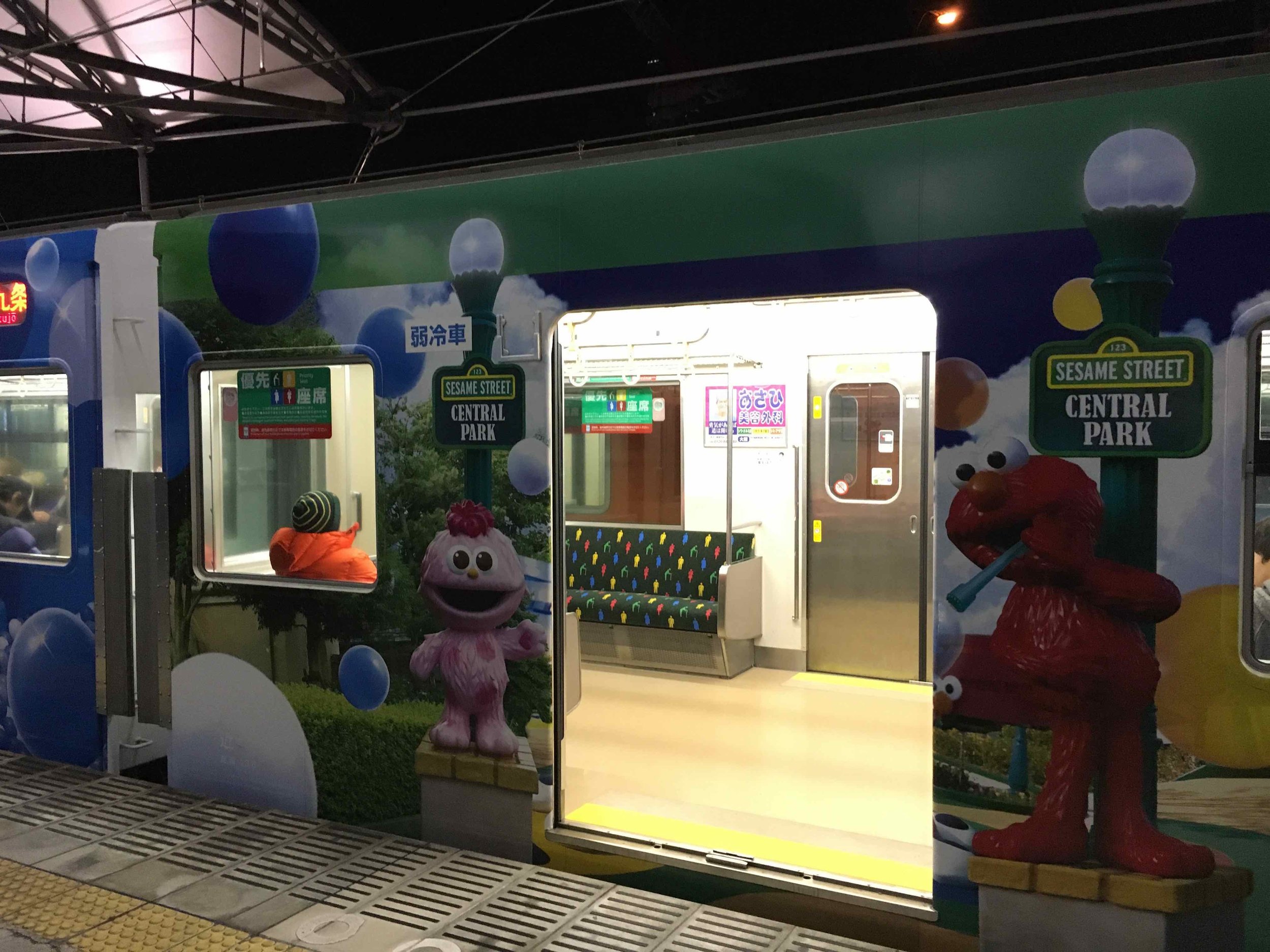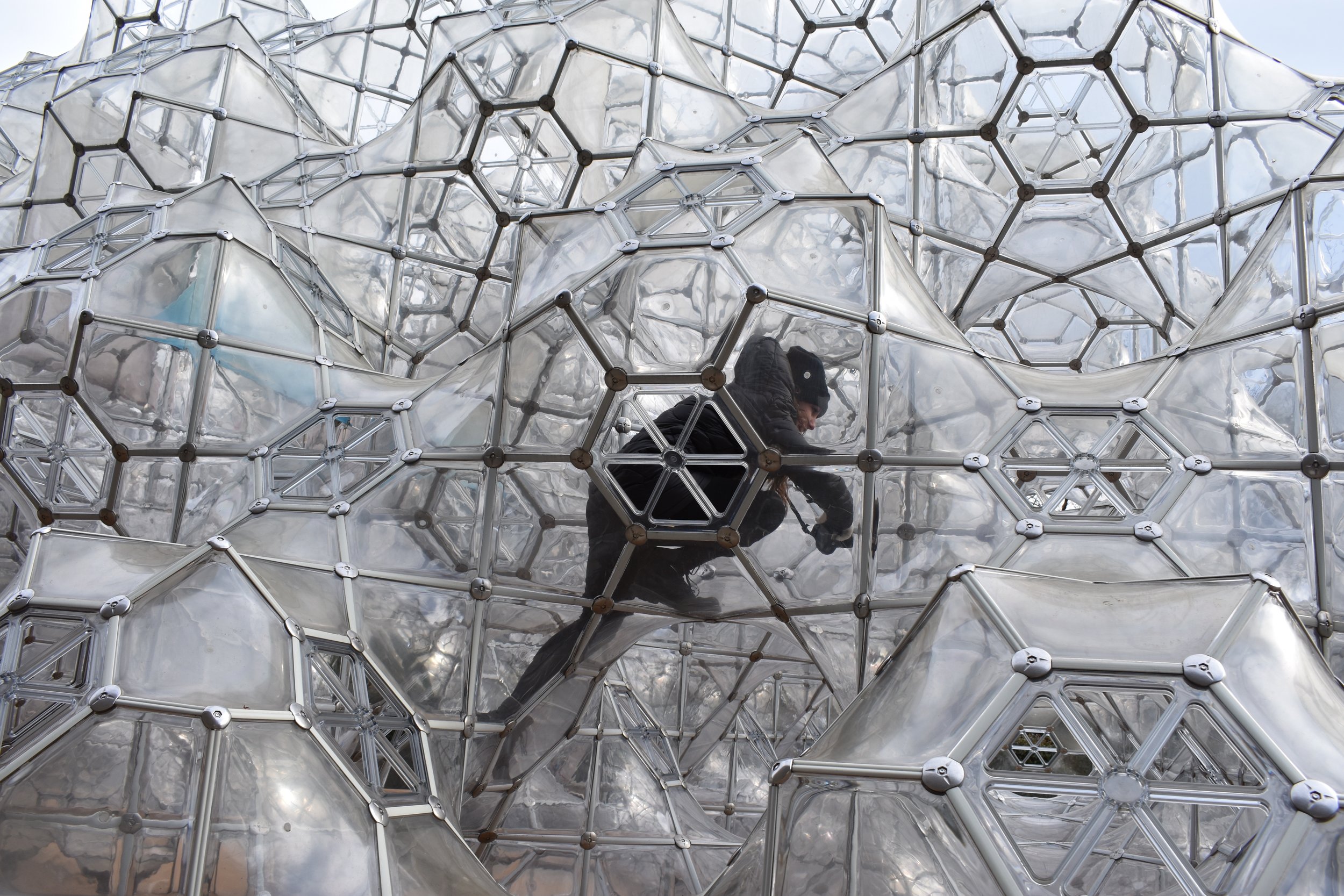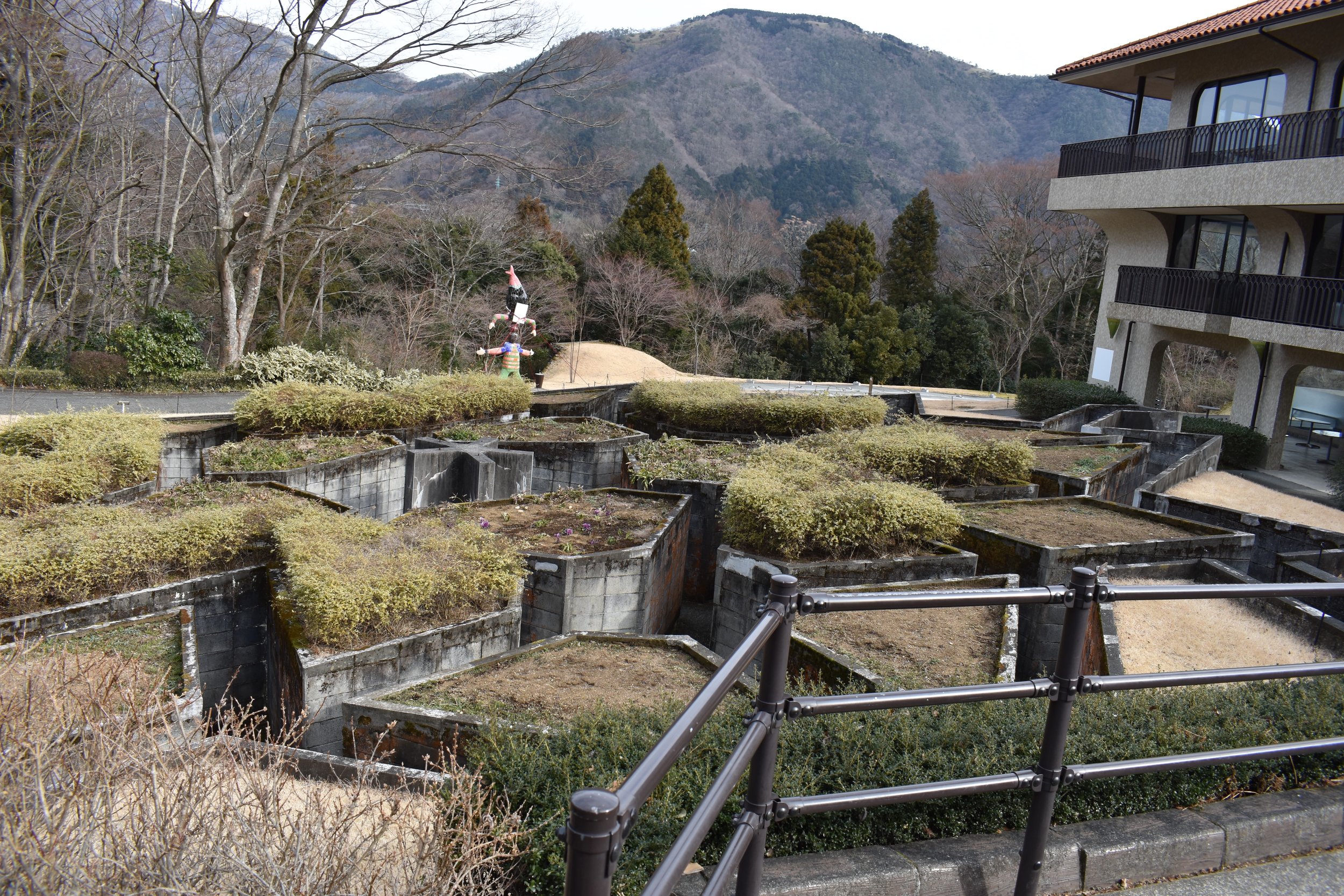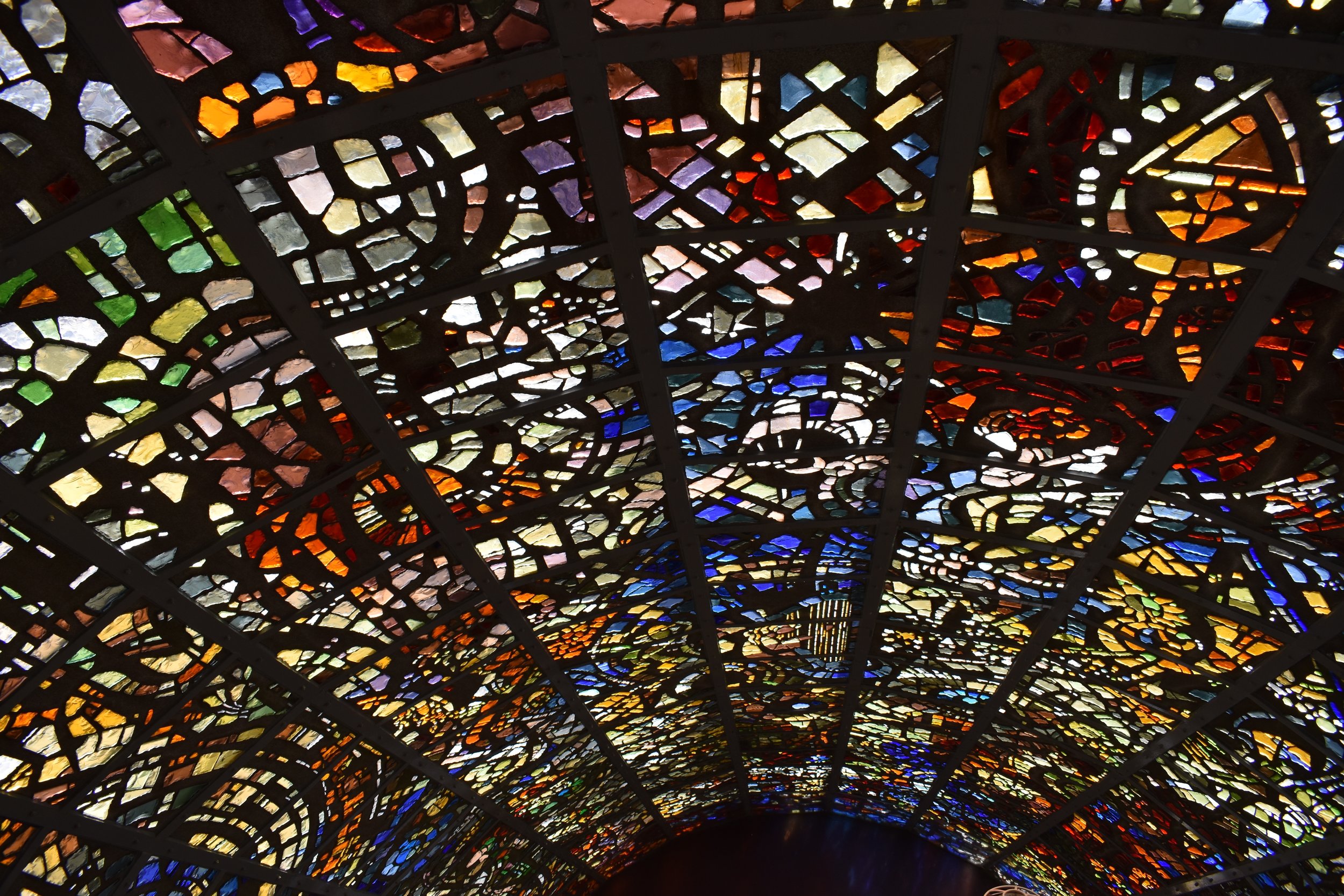By Adahli Trejo, Semester at Sea, Spring 2017
Who would have ever thought that the words robot and restaurant would be placed together in a sentence? Now, what exactly is a robot restaurant? Is it a place where robots gather around and have dinner together? Is it a place where people come to have dinner and they are served by robot waiters? I had heard much about this certain Robot Restaurant. So I made sure that during my short time in Japan, that I make my way to this famous restaurant to see what all the commotion is for myself.
The Robot Restaurant is located in Tokyo, in the Shinjuku district. Shinjuku is filled with lights, clubs, bars, restaurants, and other forms of entertainment. I think that based on the location of the restaurant, I think that the restaurant does support the culture of the local area. The culture of the area is very “neo-Tokyo,” very much of the bright lights, and “out there” culture of Japan that is popularly known around the world. The Robot Restaurant definitely encompasses this culture.
The restaurant is filled with neon lights, blaring music, and the unexpected. All of the employees and performers that I saw working at this restaurant appeared to be Japanese so I think it is safe to say that the impact on the local society is positive because it provides many employment opportunities. The restaurant is very popular and draws large crowds of people, while simultaneously charging a high entrance fee, so I believe that the restaurant is very profitable for the people who are running it. I am unsure about the ownership of the restaurant. Since the employees are all Japanese, I think that the owners might be as well. Some positive aspects of the restaurant include how there is a lot of variety in the types of performances that are presented throughout the show. Also, the technology used is very astounding. I would say that some of the drawbacks include how small the venue is. I think that it would be much better if it were bigger. Also, the food is not the greatest, so I think that the restaurant experience could be improved by providing better food. Overall, the Robot Restaurant was an amazing and memorable experience. If you are ever in the area, I definitely recommend that you make a stop at this place!










